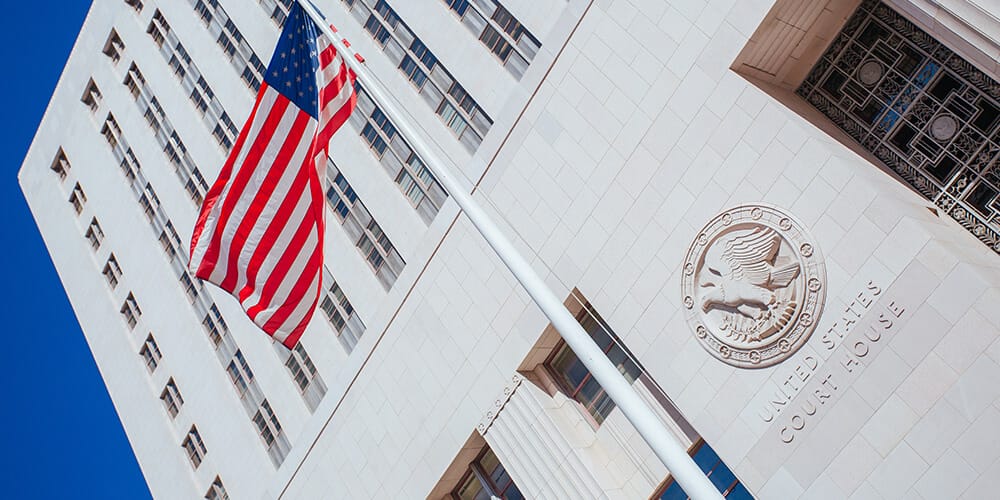What do APIs and fair use have in common? As it turns out, each of them was at the center of a major case during 2020. In this article, we take an in-depth look at these landmark cases, and we’ll review the facts and findings of each one.
Let’s get started!
Exploring Fair Use of APIs
Originally filed nearly a decade ago, Oracle v. Google Inc.¹ has been called ‘the copyright case of the century’ due to the potential ramifications for the tech industry. In their complaint, Oracle alleged that Google had violated its copyright of Java SE² by using parts of their API and source code to develop the Android operating system. Over time, it would become clear that the case contained two primary questions, which the Supreme Court concisely summarized, writing:
“Over the course of protracted litigation, the lower courts have considered (1) whether Java SE’s owner could copyright the copied lines from the API, and (2) if so, whether Google’s copying constituted a permissible “fair use” of that material freeing Google from copyright liability.”
In 2014, the Federal Circuit Court of Appeals reversed the Northern District of California by ruling in favor of Oracle’s copyright infringement claim. Later, in May of 2016, the case began a new district court trial to determine whether Google’s usage of the code qualified as fair use. The jury found in favor of Google, stating that they had not infringed on Oracle-owned copyrights because the re-implementation of 37 Java APIs was protected by fair use. After another round of appeals, rulings, and reversals: the case ultimately made its way to the Supreme Court.
On October 7th, 2020, the Supreme Court heard opening arguments. They issued their decision on April 5th, 2021. The court held that “Google’s copying of the Java SE API, which included only those lines of code that were needed to allow programmers to put their accrued talents to work in a new and transformative program, was a fair use of that material as a matter of law.”
The Role of Fair Use in Retail
At first glance, you may not think that fair use guidelines would be relevant in the retail landscape, however, the case of Tiffany & Co. v. Costco Wholesale Corp.³ serves as evidence to the contrary. The dispute centered around Costco’s labeling practices, in which some diamond engagement rings were identified by point-of-sale signs that contained the word “Tiffany.”
Tiffany & Co. alleged that the usage of the word “Tiffany” on the signs as evidence of trademark infringement, counterfeiting, and unfair business practices. Soon after, Costco filed a countersuit, asking the court to invalidate any federal trademark registrations that would prevent other retailers from describing their products as having a “Tiffany setting.” Costco argued that the term “Tiffany setting” had been genericized over time, and it was now simply a descriptor for a ring with multiple, slender prongs holding a single stone. In response to the accusations of infringement, Costco argued that their use of the phrase wasn’t likely to confuse customers or make them think Tiffany & Co. had produced or endorsed the rings. Most importantly, Costco claimed its use of the phrase met requirements under the Lanham Act and therefore qualified as the descriptive fair use of an otherwise protected mark.
In 2015, a federal judge issued a summary judgment that Costco was liable for willful trademark infringement and counterfeiting. This decision sparked a series of district court challenges that would continue for years to come. In August of 2020, the U.S. Court of Appeals for the Second Circuit vacated the summary judgment. The judges unanimously agreed that a jury could find Costco’s practices weren’t likely to confuse customers. Additionally, the Court found that Tiffany failed to establish actual consumer confusion as a matter of law.
While this case is still ongoing, it has been remanded to trial, and neither party will consent to proceed virtually. Tiffany & Co. has stated that they could be ready for an in-person trial by July. Based on the trajectory of Oracle v. Google, it’s entirely possible that this case could advance to the Supreme Court. In the meantime, we’ll just keep an eye out for news of a future trial!
Final Thoughts
Thanks for reading! We hope you enjoyed this review of some of the biggest decisions of 2020. As we look to the future, it seems clear that we’re witnessing the dawn of a new era for fair use and copyright law. Check back again later for more case reviews, and if you enjoyed this article, let us know on social media!
Please don’t hesitate to contact us with any questions or concerns. At First Legal, we’re here for you from File Thru Trial™!
¹ Oracle America, Inc. v. Google Inc., 750 F.3d 1339 (Fed. Cir. 2014).
² Although the name sounds similar to the Java programming language, Java SE is actually a specific platform that allows users to develop and deploy Java language code for desktop and server applications.
³ Tiffany & Co. v. Costco Wholesale Corp. No. 17-2798 (2d Cir. 2020)



